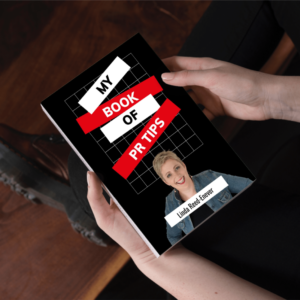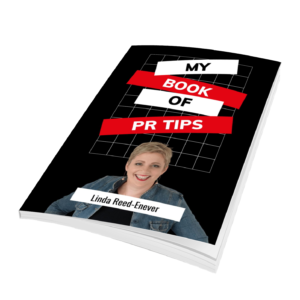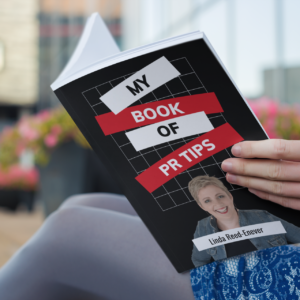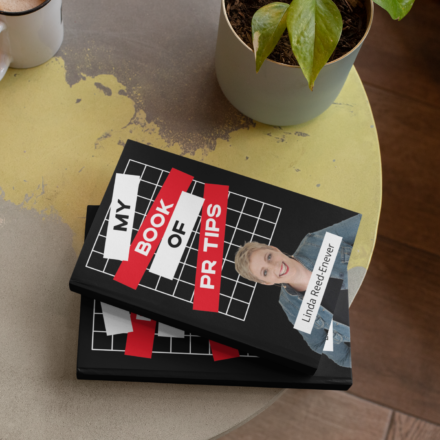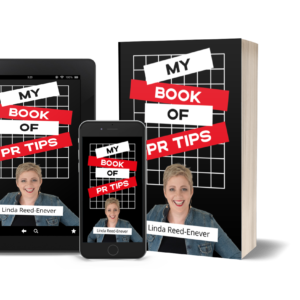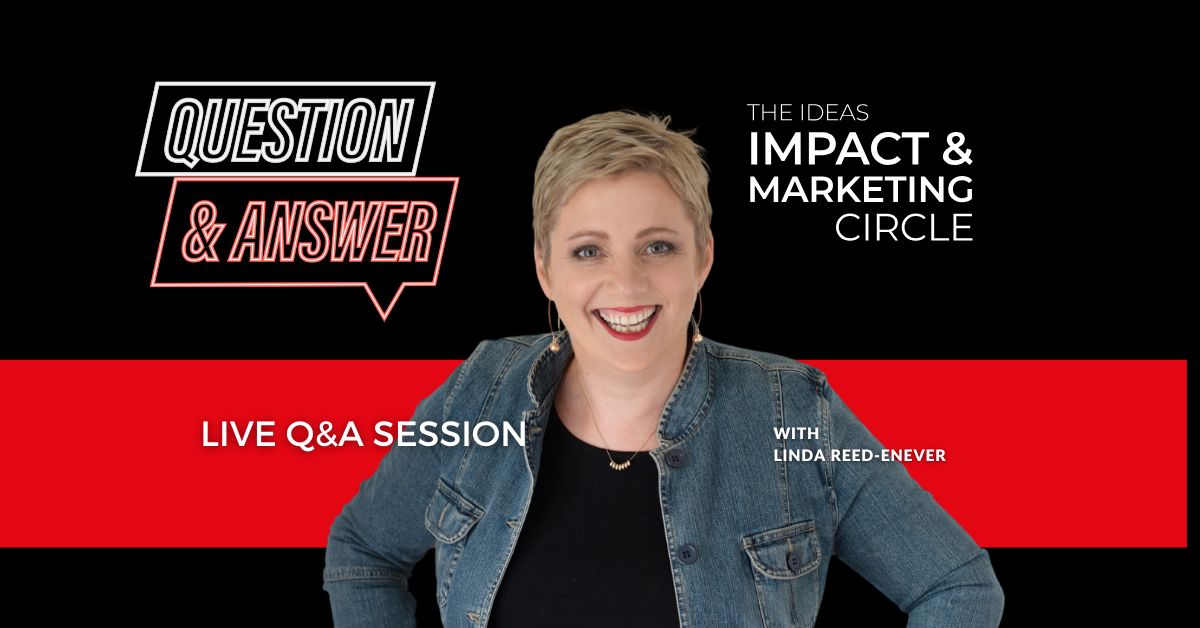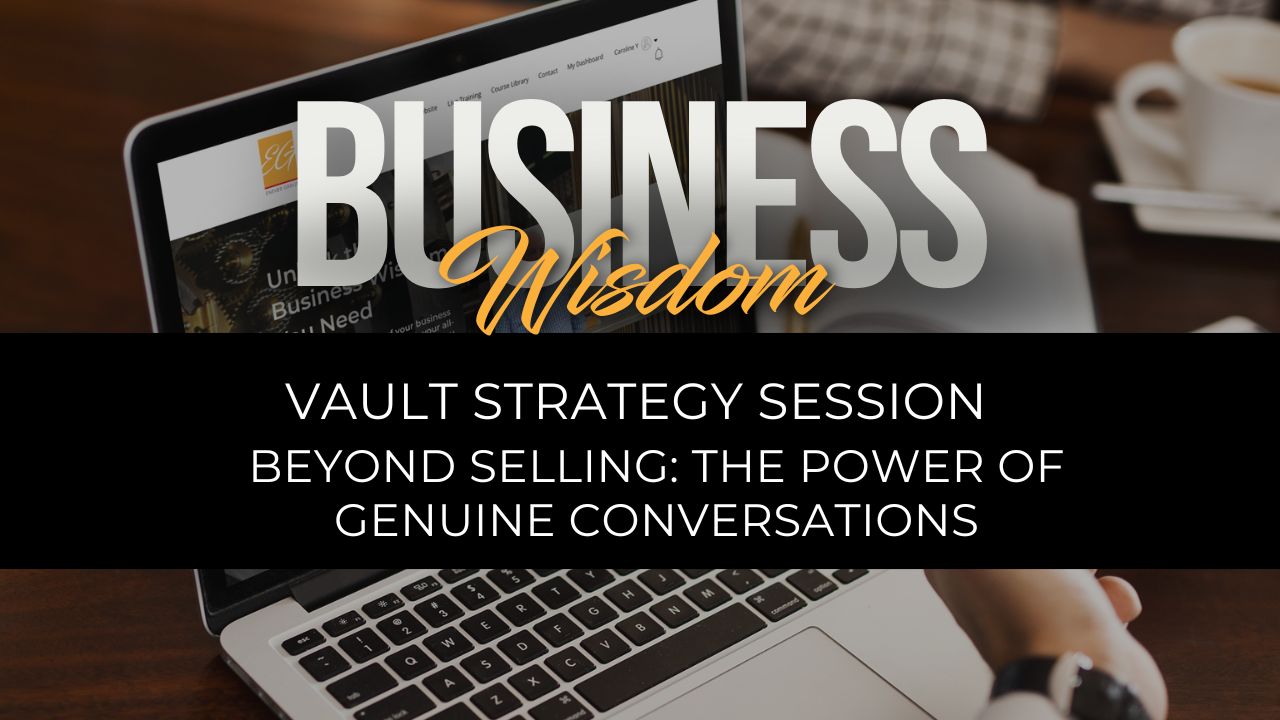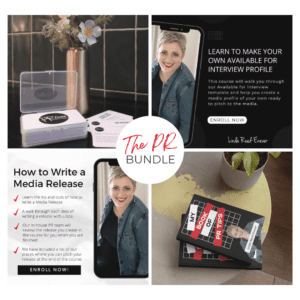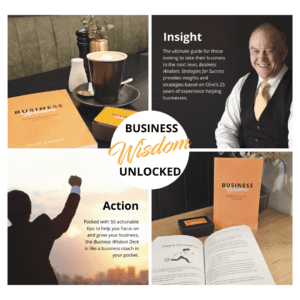One of the best ways to be a go-to source is to know your media, what they look for and how you can help.
While the high-profile mainstream media of TV radio and print are probably the favoured candidates on your PR hit list, you also need to think outside this realm to build your profile. This involves understanding all the places where your audience seeks their news and being aware of what’s being covered, when.
By knowing your media you create more potential venues to:
- join discussion via reactive PR
- target your audience with proactive stories pertinent to them
- provide ongoing publicity through evergreen content
There are a host of ways to do find your media, including:
Google alerts: Yes it is that simple! Set up an alert using keywords related to your industry or people within it, and be informed when and where news pops up.
Media monitoring: There is a variety of paid services dedicated to monitoring news content about every industry, delivering analysis and feeds straight to you that can tell you what’s being said within your realm or even what’s being said about you.
News distribution services: Another great tool is media distribution services. These not only provide a platform for journalists calling out to people for stories and interviews in your field, but are also a means to send your media release, article or idea directly to the media that covers your industry.
Once you know where your audience is looking and who’s saying what, when, you can build your credibility by writing articles for publications and submitting releases directly to where your market is. This is the basis of your all-important media contact list and your media strategy.
What the media seek:
Each day, hundreds of media releases pour into metropolitan and regional news outlets across the country, with editors taking only a moment to decide what makes the grade and what hits the cutting room floor.
That means your media release has only a fraction of a second to pique their interest and inspire further investigation. So what are they looking for and how do you gain their attention?
New
New developments, innovations or programs that solve real problems are among the stories news outlets may look at depending on the day or week and what else is going on in their demographic.
If this new development applies to a wide section of their audience, that’s also going to help. This is why stories about medical developments in the field of cancer tend to make the news; it directly affects so many people and impacts indirectly many more.
Timely
Often there are major issues or important dates that crop up during the year and if a company or body responds to them in a timely manner via reactive PR, they’re more likely to get a run.
Take for example “schoolies week”. Come November, news outlets will be actively seeking schoolies related stories including tips on sending your teen to schoolies and ways to stay safe.
This also applies to government announcements that may affect an organisation. If something happens to impact business or groups the best time to respond is immediately…as in that day, not the next or a few days later.
Human interest angles
There is always a section of news production dedicated to human interest — the hometown girl who now heads up the Commonwealth Bank, the Nanna who knitted 1000 socks for the baby ward at the hospital.
If you have a fascinating story to tell about your business or staff members then use it, targeting it at the media outlet/s most suitable.
A Clear Release
A media release should be clear, free from jargon and include the who, what, when, where and why in the introduction. Chances are an editor or chief of staff will make their decision based on the first few lines of any release. And remember, if they seek to run the release in its original form they will ALWAYS cut from the bottom up.
Headlines that tell your story
The headline is the first clue as to why your story may interest them, so keep it short, snappy but informative. The likelihood is they may not use the headline you provide, but your job is to get them to read it.
Consider: “New website to save households hundreds on power bills” or “Body corporate representative slams government reform”.
Does it fit the Audience
Each type of news outlet has a different audience, so target them accordingly. The nightly TV news is unlikely to run a story about your employee who won six industry awards at a national level, but the local newspaper could.
What’s in it for them?
If you’re promoting an event or launch, indicate to the news outlet who will be available to speak with them, any extra “talent” or celebrities you may have at hand, and the type of pictures they may get.
Not advertising
If it feels like your business is seeking free advertising, news outlets will run a mile. That’s what advertorials and paid promotions are for. So give them what they want – something newsworthy, fresh or human interest, and don’t expect them to plug your product for you.
Make it easy
Always provide further information as to who the news outlet should contact or interview. If your issue is complex or your product has a background, feel free to include it as a further at
tachment for their background information, but do not get bogged down in wordy explanations within your release.
My Book of PR Tips is a go-to guide for those starting out in DIY PR and for business owners wishing to learn a new trick or two for their business. In My Book of PR Tips, we explore the basics from working with the media from getting started to what to do after you have secured an interview.
Inside your will find tips
- Working with the Media
- The makeup of Media Releases
- Being a great Media Source
- Times in Business Where You Could Write a Media Release and Media Release Ideas
- Checklists for your media campaigns and more
Make My Book of PR Tips your go-to PR guide!
$29.95
2 in stock


